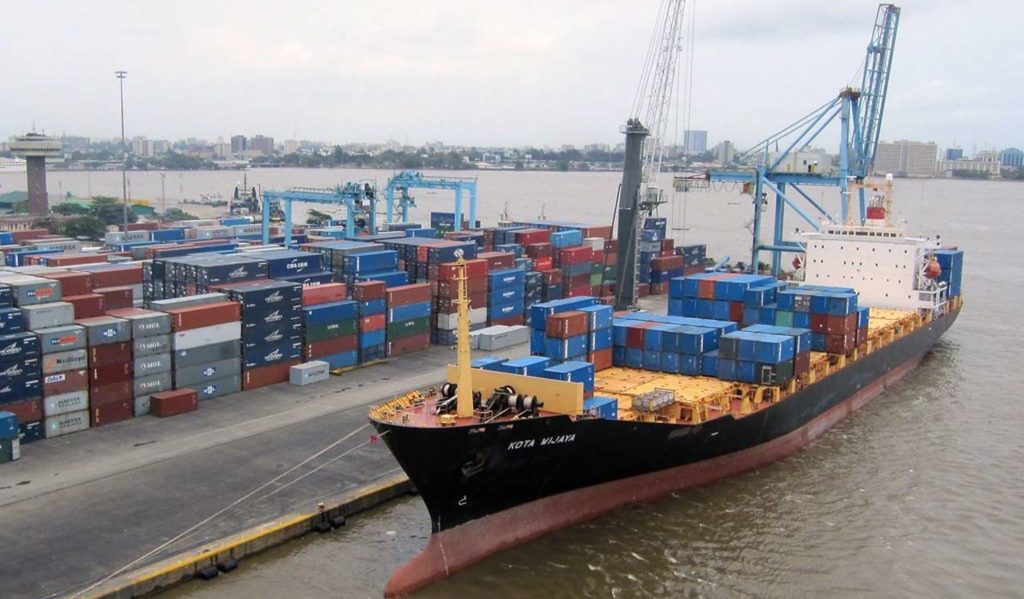
Hardly anyone is surprised anymore by the new solutions that regularly emerge for digitalization in airports. After all, these are places that hundreds of thousands of people pass through every day, so they ought to work like clockwork and be safe. Nonetheless, digitalization in seaports shouldn’t be given any less attention: full automatization, widely using BigData, IoT, and many other technologies. One of the components of a “smart” port is video analytics. Surveillance cameras and security software analyze streaming video to increase the efficiency of the port in various critical areas.
Optimize road freight traffic
Every day, thousands of trucks pass through ports. But at any given port, there is all too often only one-way traffic and two roads. If several vehicles arrive at the same time, they’ll need to wait in line and might not get through for hours. If anyone gives up waiting and decides to leave, they might hit another vehicle while backing out and make things worse.
Video analytics systems help reduce delays. The cameras monitor the situation at the gate while the computer generates a vehicle manifest. Thanks to this, the risk of backed-up traffic is reduced. This sort of system, for example, is used by a [1] “smart port” in Tallinn, Estonia: each vehicle books its passage for a specific time, thereby smoothing out the checkpoint’s operations and increasing traffic capacity.
Automate cargo loading and unloading
When a ship docks at a port and the workers begin unloading it, they manually check the serial number of each container and enter it into the computer. And how many of these containers can be on a ship? Thousands! Each one needs to be checked for a match on the invoice and the cargo data, and seal integrity.
All this is performed by a person, so the process is long and there is a high risk of error, which can cost hundreds of thousands of dollars. The human error factor is not limited to this job: employees can mix up numbers or send the container to the wrong place. And if something like that does happen, neither the sender nor recipient can quickly identify the problem. All information concerning cargo operations is stored on a local server and can be accessed only by port employees.
Using a control system with built-in video analytics solves many of the above issues. First of all, all data is entered into the system in real-time, with detailed cargo information. There is the serial number, origin and time of departure, arrival, reception, and distribution. Secondly, video analytics systems take over a share of the operator’s work: they read the container serial numbers upon loading and then at the reception, the computer checks the numbers with those indicated on the invoice.
The Port of Rotterdam, thanks to “smart” systems, was able to reduce [2] the number of errors in documents and speed up the processing of cargo transactions. Even better, they no longer have to send 100 million emails every year. Hamburg has also implemented the “smart” port project, reducing [2] operating expenses for cargo processing by 75%.
Maintain port security
A seaport is a high-risk area, just like any other transport facility. It has its own acute security concerns. Normal video surveillance isn’t enough for the job. First of all, the area of a port tends to be enormous, with lots of blind spots. Secondly, a security officer needs to be able to detect the incident occurring, on one of several of his screens, and then react quickly.
A separate problem is identifying the perpetrator. Images from ordinary cameras are rarely in high detail, and it can be difficult to recognize a person with them. Various people passing through the checkpoint can be put into different groups based on categories: guest, sailor, etc. It is difficult to quickly pull up information on a person. All of these factors reduce the ability to react quickly, compromising port security.
This problem is alleviated by biometrics and uniform pass control systems, where data is held for all visitors, regardless of their respective category. A unified database not only helps quickly access any given person’s card and see their movements and actions, it also increases [4] data processing performance by 5−10%.
Sources:
- https://web.archive.org/web/20210724234852/https://www.hansab.ru/ru/umnyy-port-avtomaticheskaya-sistema-upravleniya-dvizheniem-v-tallinnskom-portu
- https://web.archive.org/web/20220203102447/https://www.pwc.ru/ru/materials/razvitiye-morskikh-portov-v2-rus.pdf
